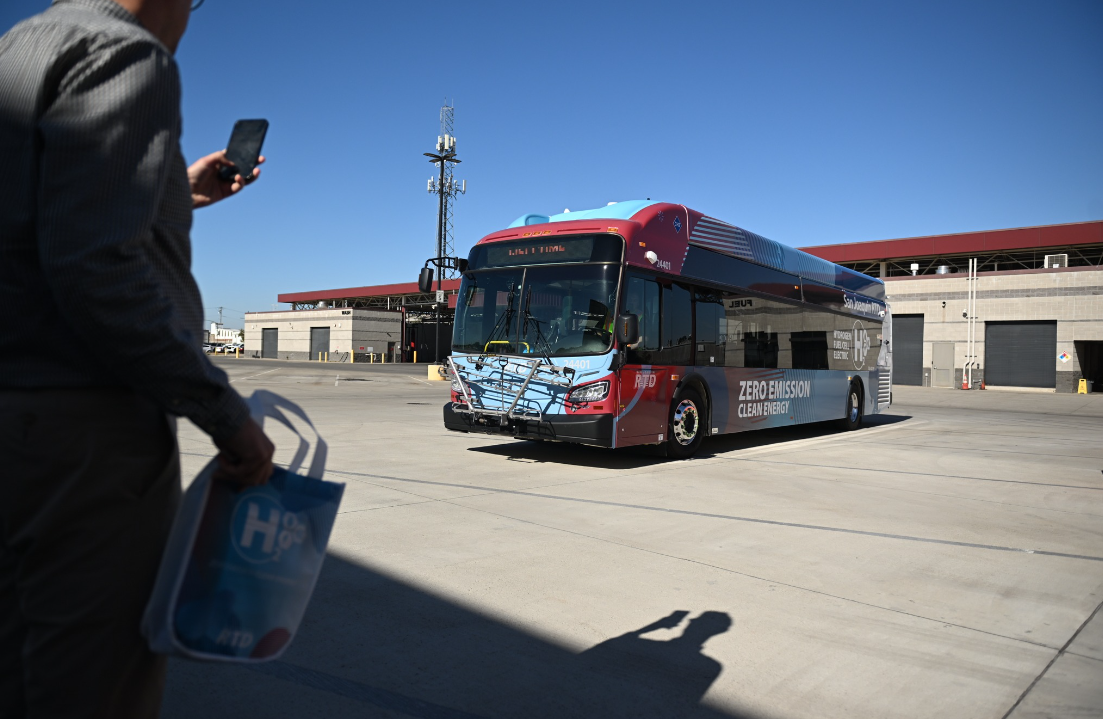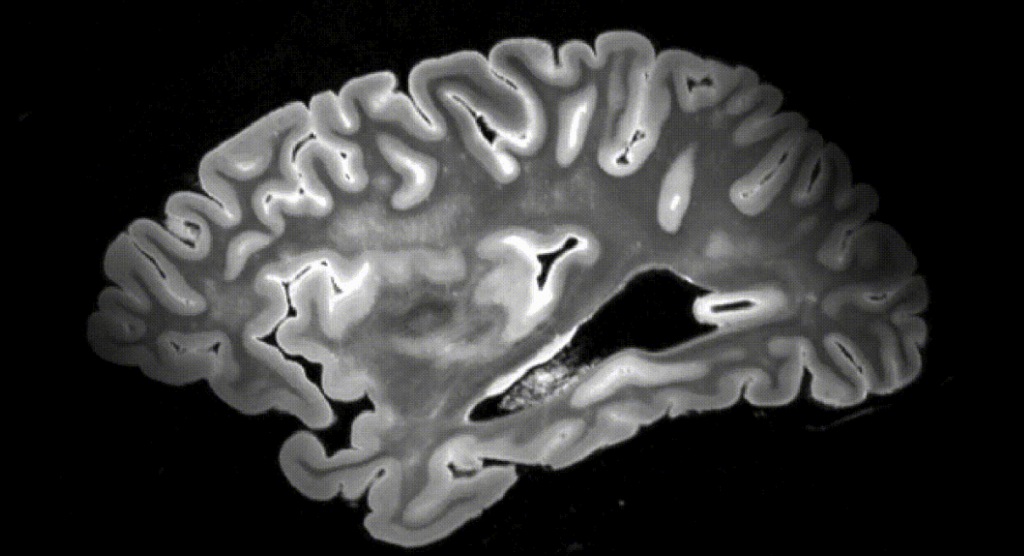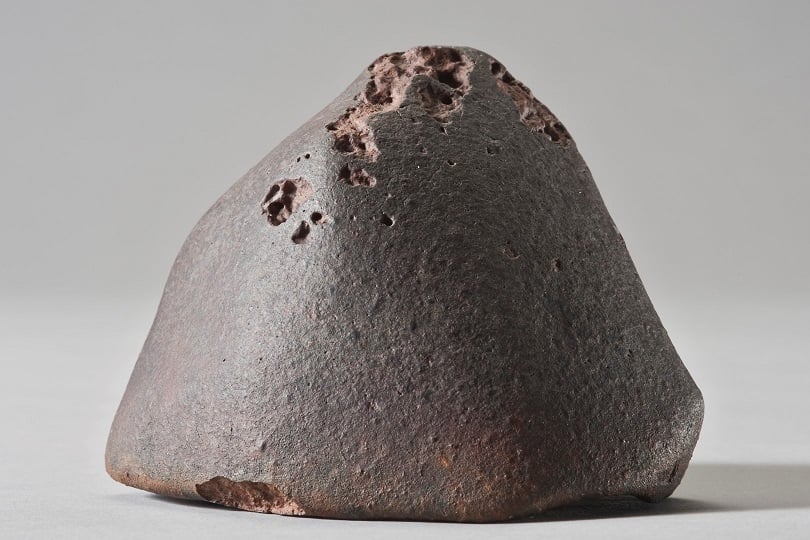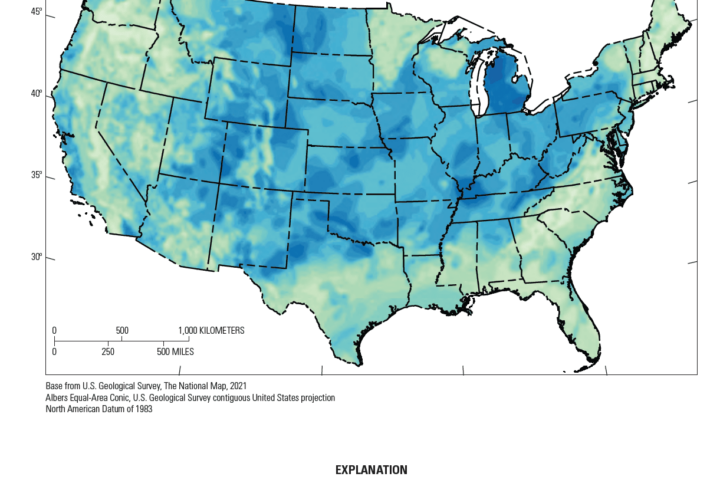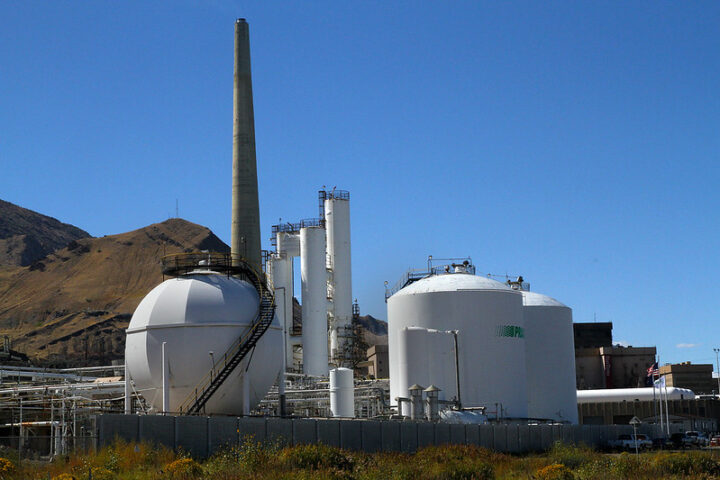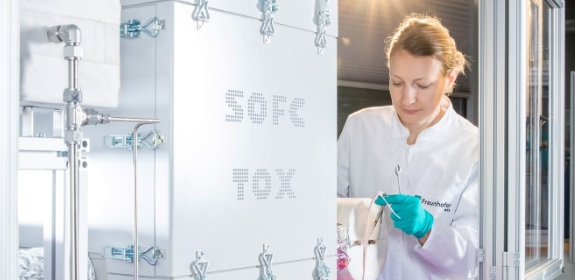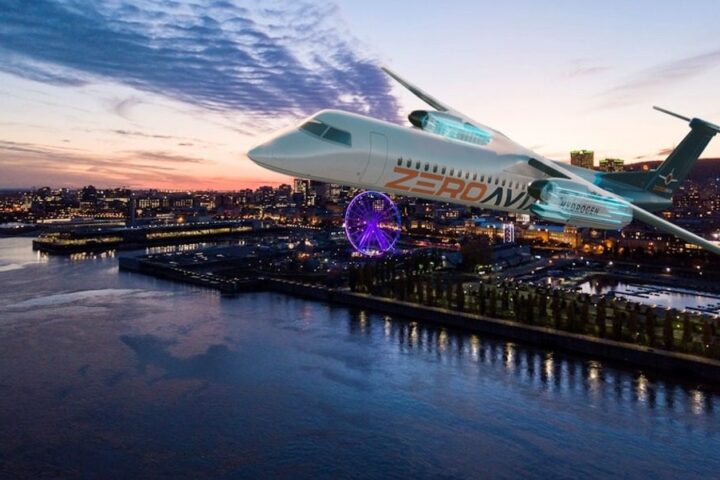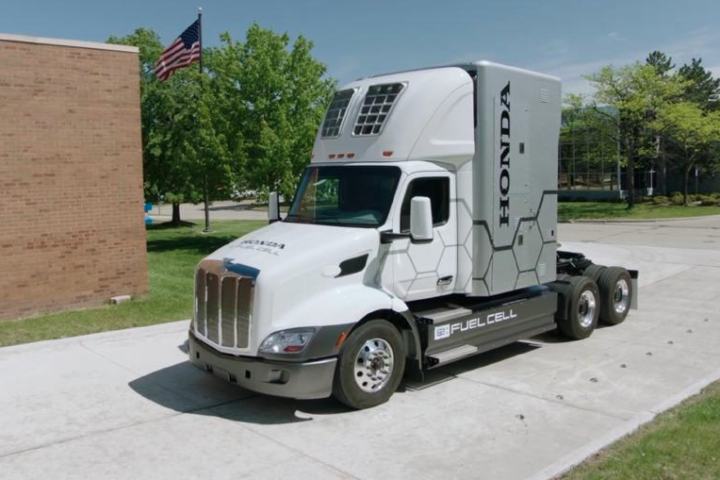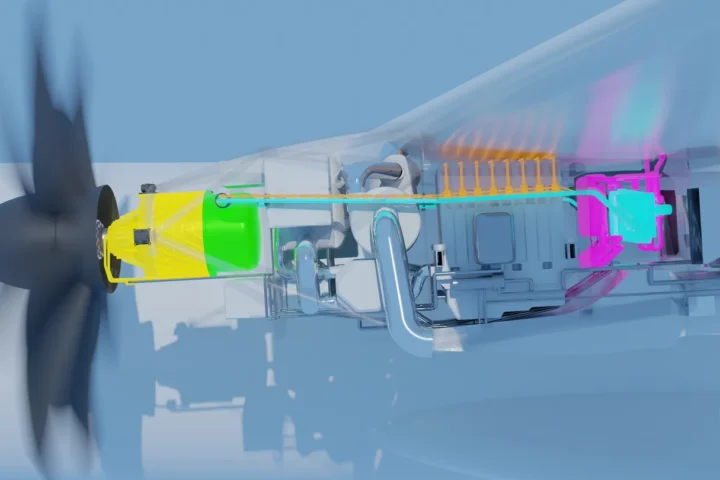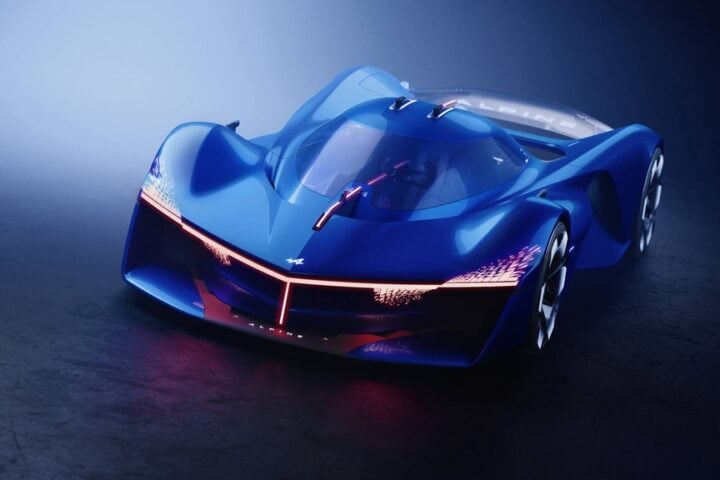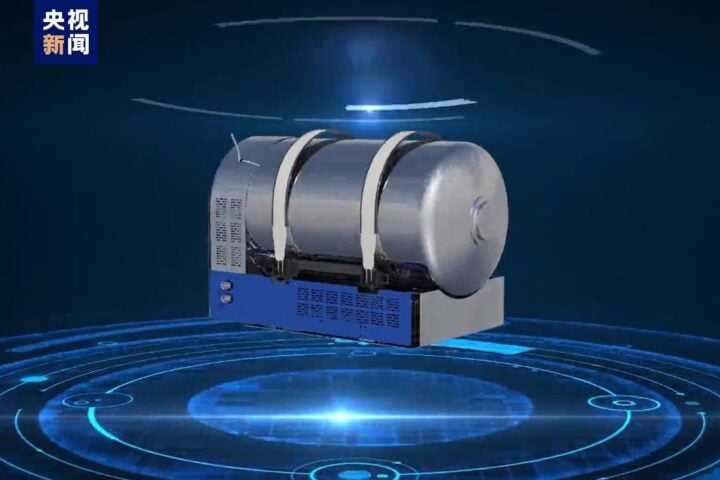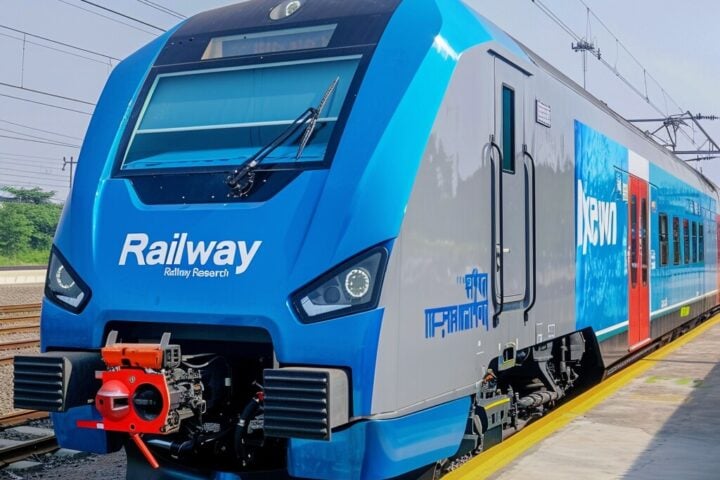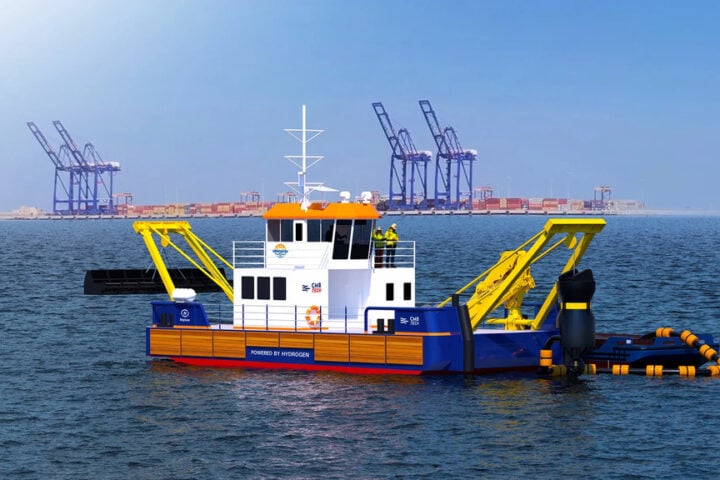The San Joaquin Regional Transit District (RTD) proudly unveiled their brand-new hydrogen buses, marking the next step in their commitment to a sustainable future. As they celebrate past achievements, RTD is looking ahead to drive public transportation forward with innovative, eco-friendly solutions that benefit the community and the planet.
Environmental Impact
Reducing Emissions with Hydrogen Fuel Cell Technology The adoption of hydrogen technology allows San Joaquin RTD to replace existing diesel buses, providing operational flexibility through lighter vehicle weight and enhanced performance on local roads. These buses add a vital layer of resiliency to the transportation network when it comes to maintaining service during natural disasters. Hydrogen fuel cell buses help address key challenges faced with traditional battery electric buses, such as range limitations and grid reliability issues.
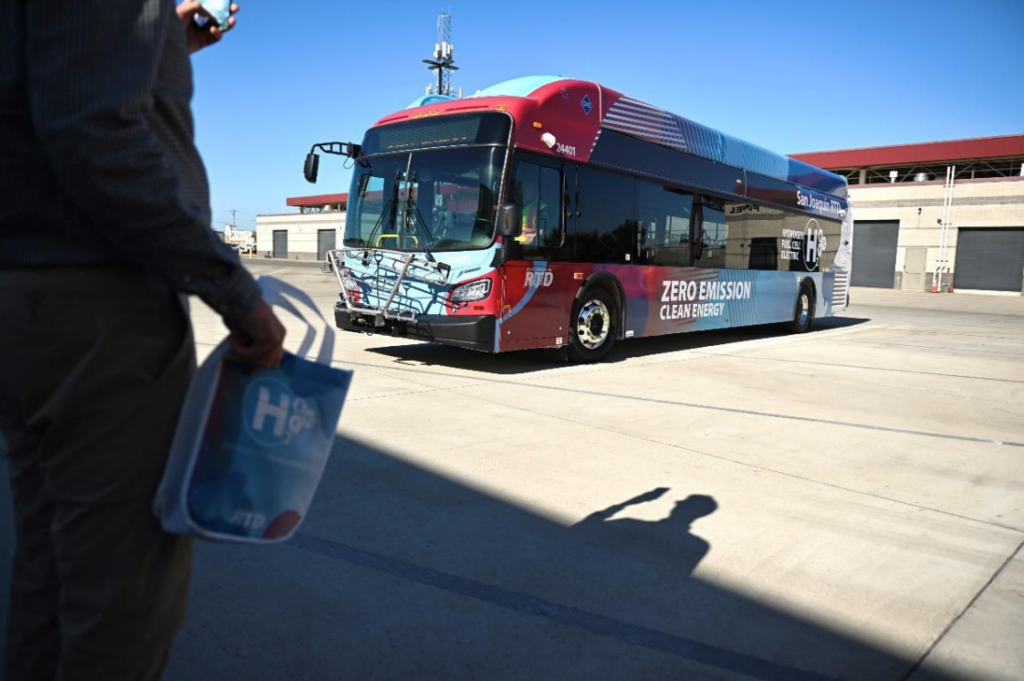
The five brand new hydrogen fuel cell zero emissions buses that the district purchased with the support of HVIP program that car burns to deploy zero emission trucks and buses throughout California . ”This project is part of a pilot program where RTD plans out to test these hydrogen fuel cell buses and see how are they work with their existing flee of battery electric buses and they can use that data and those learnings to figure out what the best zero emission strategies for the district will be, as they clean the air here in San Joaquin valley.“
Similar Posts
Technological Advancements
The Future of Hydrogen Fuel Cell Buses The new buses are set to enhance operational capacity with a range exceeding 300 miles using Ballard Power Systems’ fuel cell modules. This range is significantly higher than the average range of battery electric buses, which typically falls between 150 and 250 miles on a single charge. Hydrogen fuel cell technology has been gaining traction in the public transportation sector due to its ability to provide longer ranges and faster refueling times compared to battery electric vehicles.
Economic Benefits
Investment in Cutting-Edge Technology Each bus is valued at $1,397,883, and the project is supported by various grant funding sources, including the Federal Transit Administration Federal 533(a), Congestion Mitigation and Air Quality grant, California Air Resources Board Hybrid and Zero-Emission Truck and Bus Voucher Incentive Project, Senate Bill 1 State of Good Repair funds, and Measure K. This investment in cutting-edge technology not only contributes to a cleaner environment but also creates job opportunities in the green energy sector.
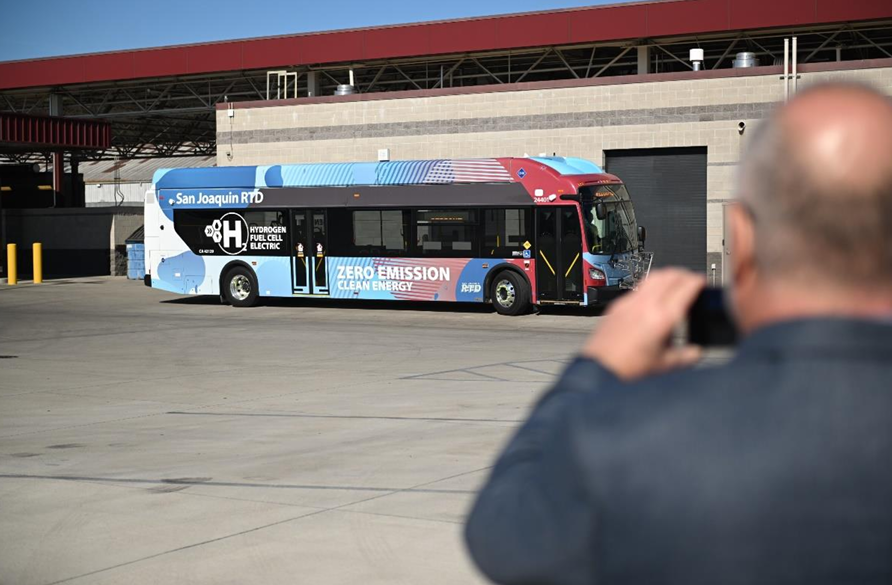
Community Support
Positive Feedback from Residents of San Joaquin County have been expected by the authorities.The RTD shared a celebratory post on social media saying, “We proudly unveiled our brand-new hydrogen buses, the next wave in RTD’s commitment to a sustainable future!”
Future Plans
Expanding the Zero-Emission Fleet San Joaquin RTD’s CEO, Alex Clifford, stated that the agency’s main goals involve getting closer to a zero-emission fleet and increasing service for underserved communities. The transit district aims to transition 100% of its bus purchases to zero-emission vehicles (ZEBs) by 2029. San Joaquin RTD has been actively working towards increasing its zero-emission bus fleet. The agency introduced electric buses in 2013 and added nine fully electric buses between 2022 and 2023. The new hydrogen-powered buses are part of a pilot program, and RTD plans to expand its zero-emission fleet in the coming years.
